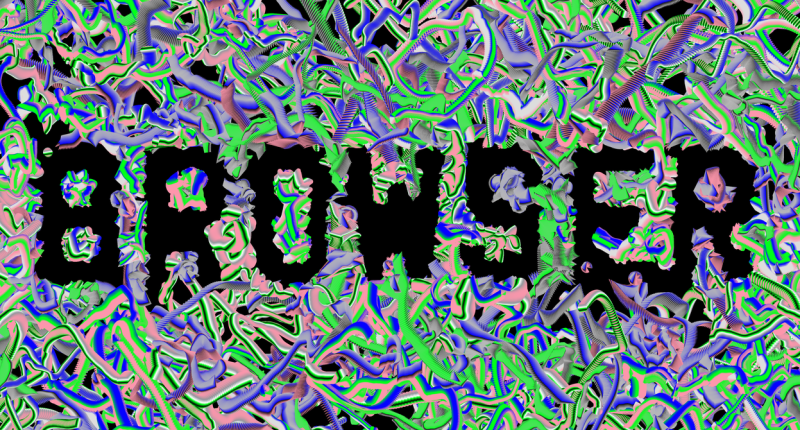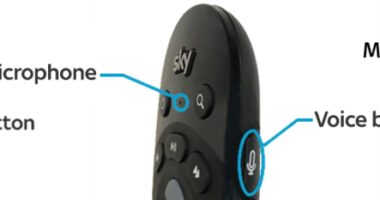

In 1993, Marc Andreessen and Erica Bina, programmers working at the University of Illinois at Urbana-Champaign, created Mosaic, the first browser designed for the mass market. Mosaic, which was easy to install and use and was backed by responsive customer support, showed inline images (earlier browsers displayed pictures in separate windows because they were aimed at users downloading charts and figures rather than looking at pictures).
Mosaic was the first application to make the internet feel truly browsable. Writing in WIRED in 1994, Gary Wolfe described the ways Mosaic had changed the internet’s texture for everyday users: “you can travel through the online world along paths of whim and intuition. Mosaic is not the most direct way to find online information. Nor is it the most powerful. It is merely the most pleasurable way.” And with this novel pleasure, the browser transformed the internet from the rarified space of programmers, computer scientists, and academics into the public sphere. Now, a browser was no longer just a human performing the activity, but also the tool used to perform it. It had become the navigator itself, the point of access.
Marc Andreessen would go on to create Netscape Navigator, the browser that competed for dominance with Microsoft’s Internet Explorer in the “first browser war” of the late ’90s and early aughts. Though Microsoft would eventually be slapped with antitrust violations for including Internet Explorer with its OS, sanctions came too late for Netscape to recoup its claim on the market share. Netscape open-sourced its software and reappeared as the not-for-profit Mozilla and the browser Firefox. Google and Apple entered the fray with Chrome and Safari in 2003 and 2008, respectively.
Google’s browser in particular stood out. With its minimalist interface, emphasis on extensions, and an ultra-rapid turnover of updates, it would eventually overtake Explorer to become the de facto face of the internet. This marked a turning point in the second browser war, which lasted from the mid-aughts until 2017. During this time, various browsers jostled to loosen Microsoft’s grip on the market, improving their products (and increasingly preempting Explorer) with features now considered pro forma to life online, such as tabbed browsing, private search sessions, phishing filters, and spell checkers.
The tab originated with a little-known browser from the late ’90s called SimulBrowse (later renamed NetCaptor), but it only emerged as the default unit of internet exploration in the mid-aughts as a number of competitive browsers released updates with an emphasis on a refined tabbed browsing experience. Tabs afforded browsing an almost literal new dimension, allowing a person to be in multiple places at once. In this way, it’s a perfect example of how the browser as tool simultaneously responded to and created the phenomenology of internet life. The tab epitomizes the increasingly fickle, fractured nature of attention—the urge to click and start anew with each rising thought or impulse—but it’s also a testament to a conservative desire to keep options open, cling to momentary wishes and intentions, and never quite give up on iterations of past selves.
The internet browser foments these anxieties. In 19th-century department stores, browsing was an in-the-moment, flight-of-fancy, leave-no-trace activity. But as a tool, the browser maintains a record of the places we’ve been, the information we’ve sought, the questions we’ve asked. The browser keeps tabs; it has a memory. And, crucially, your browser does not really belong to you. It remembers your history until you ask it to forget. Beneath the browser’s surface—which has shaped both the way the internet appears to us and the way we look at it—there is a rich subterrane of information about how we browse and, with it, who we are.









